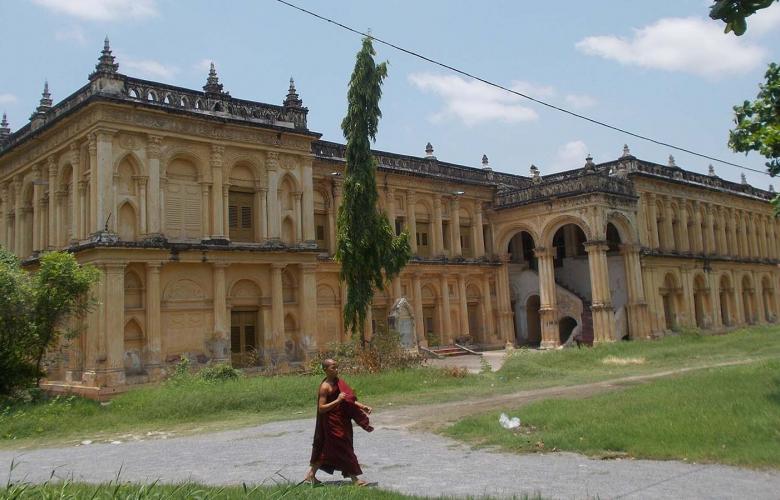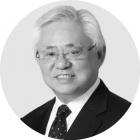History preserved in unique western-style Mandalay monastery
Contact
History preserved in unique western-style Mandalay monastery
Influenced by western-style architecture, the Yaw Gyi Monastery serves as a museum that displays intact decorations and architectural designs of the Yadanabon period.
The Laybyinyat ward in Mandalay hosts a large number of ancient temples built by the kings, queens and court ministers of the Yadanabon and Amarapura periods for Buddhist monks. Some monasteries were built entirely with teak while others serve as museums where sculptures and sophisticated floral patterns, decorations and architectural designs of the Yadanabon period can be seen intact.
Of these, two are unique as they are integrated with the western style architecture. Such kind of ancient edifice is rare in Mandalay, a city famous for its traditional Myanmar culture. The first is the Thakawun monastery or Kin Wun Mingyi monastery, and the second is the Yaw Min Gyi monastery (pictured).
Both Kin Wun Mingyi and Yaw Min Gyi were famous royal officials of their time. And the Yaw Min Gyi monastery displays the significant influence of western-style architecture including stone figures of a winged man, decorated pillars and L-shaped stairs.
The donor, U Po Hlaing, the administrator of Yaw, a town in central west Myanmar, hired masonries from India and added western-style architecture to the design.
Built in 1866, with columns made of Ingyin wood, the monastery was decorated with glassware produced by a factory in Mandalay and bright gems.
The two-storey brick monastery was donated to the monk, famous as “Maha Bo Sayadaw.” The monastery cost Ks100,000 to Ks10,000, funded from the royal coffers of King Min Don, and Ks90,000 given by the donor.
Myanmar's Ministry of Information has indicated that the monastery differs from typical monasteries in Myanmar due to the inclusion of a meeting hall with open-air balconies and the western-style stairways.
Yaw Min Gyi U Pho Hlaing was a Myanmar noble and civil servant of the king’s court, best known for his treatise, Rajadhammasangaha which proposed sweeping reforms to transform the country’s monarchy into a constitutional monarchy and an early advocate of indigenous democracy. U Pho Hlaing was an accomplished writer and wrote a number of important treatises throughout his lifetime, on politics, mathematics and Buddhist philosophy.
Located in Mandalay's west, the monastery is popular with local and foreign tourists eager for a visit to a unique ancient building.
Source: Myanmar Ministry of Information
Similar to this:
DWRI and JICA partner for USD $38 million Mandalay Port Development







